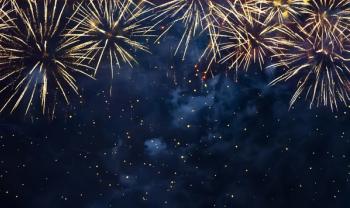
Fulfilling the growing need for primary care
Patients are clamoring for care as the physician shortage gets worse. Here’s why nurse practitioners and physician assistants are part of the solution.
In the United States, we are facing an increasingly severe shortage of primary care physicians: More than
The American Association of Nurse Practitioners (AANP) reports that nearly 90% of
NPs and PAs, alongside nurse anesthetists and midwives, are pivotal to addressing the primary care gap, now and in the near future. Our primary care landscape is not only facing a physician shortage, but also a massive shift in our systems for health care delivery. Corporate giants continue to extend their reach into primary care. For instance, Amazon recently completed its acquisition of One Medical for $3.9 billion. These new options in the health care space are shifting patients’ expectations. In response, many traditional primary care practices and health care systems are modifying their care delivery models.
Meanwhile, many patients find themselves exhausted from and exasperated by the many barriers to swift access to care – and yet craving an
Role definition and authorization protocols enable top-of-license practice
Many medical practices, health care systems, and hospitals – not to mention retail clinics – are recognizing the value of incorporating APCs into their teams. With
Integration of advanced practice clinicians improves continuity of care, care access
The specifics of scope of practice and supervisory requirements for APCs vary from state to state, but APCs know when to consult a physician, just as primary care physicians consult and collaborate with specialists when necessary. Collaboration among physicians and APCs can prepare the ground for
Moreover, the benefits stretch far beyond individual patients and clinicians. Patient access to primary care is indispensable for halting the escalation of medical conditions before they reach an urgent or emergent level. This helps preserve access to the emergency department, which benefits our entire health care system and society at large
Scope of practice will continue to evolve
The regulatory environment is also a factor in the increasing prevalence of APCs, as the vast majority of states explicitly identify NPs as primary care providers. The same cannot be said for PAs and other APCs, but given the trend toward increasing physician shortages, and with NPs as a precedent, more APCs could be licensed for independent practice in the next decade.
All these trends have combined into a new landscape for primary care. This new landscape underlies everything from patient-facing interactions to practices’ business structures to clinicians’ liability – APCs who opt for independent practice face a parallel elevation of their liability exposure, and they need superior malpractice coverage, risk management resources, educational support, and practice management solutions to deliver the best possible care to their patients. It is our collective responsibility to evolve and innovate to advance the practice of good medicine.
Laura Kline, MBA, CPCU, is the senior vice president of business development for
Newsletter
Optimize your practice with the Physicians Practice newsletter, offering management pearls, leadership tips, and business strategies tailored for practice administrators and physicians of any specialty.











